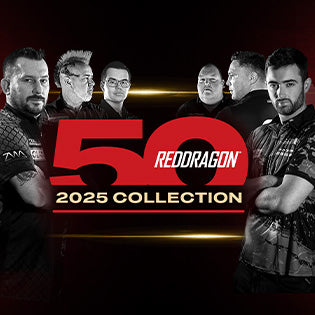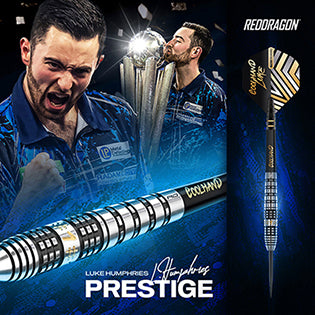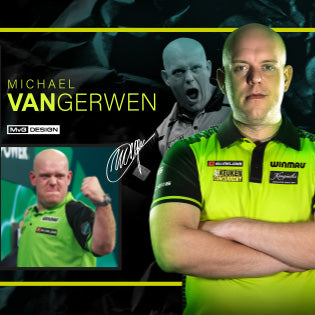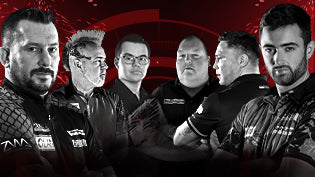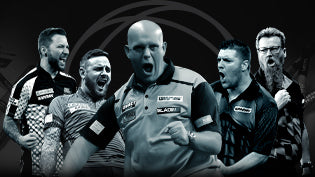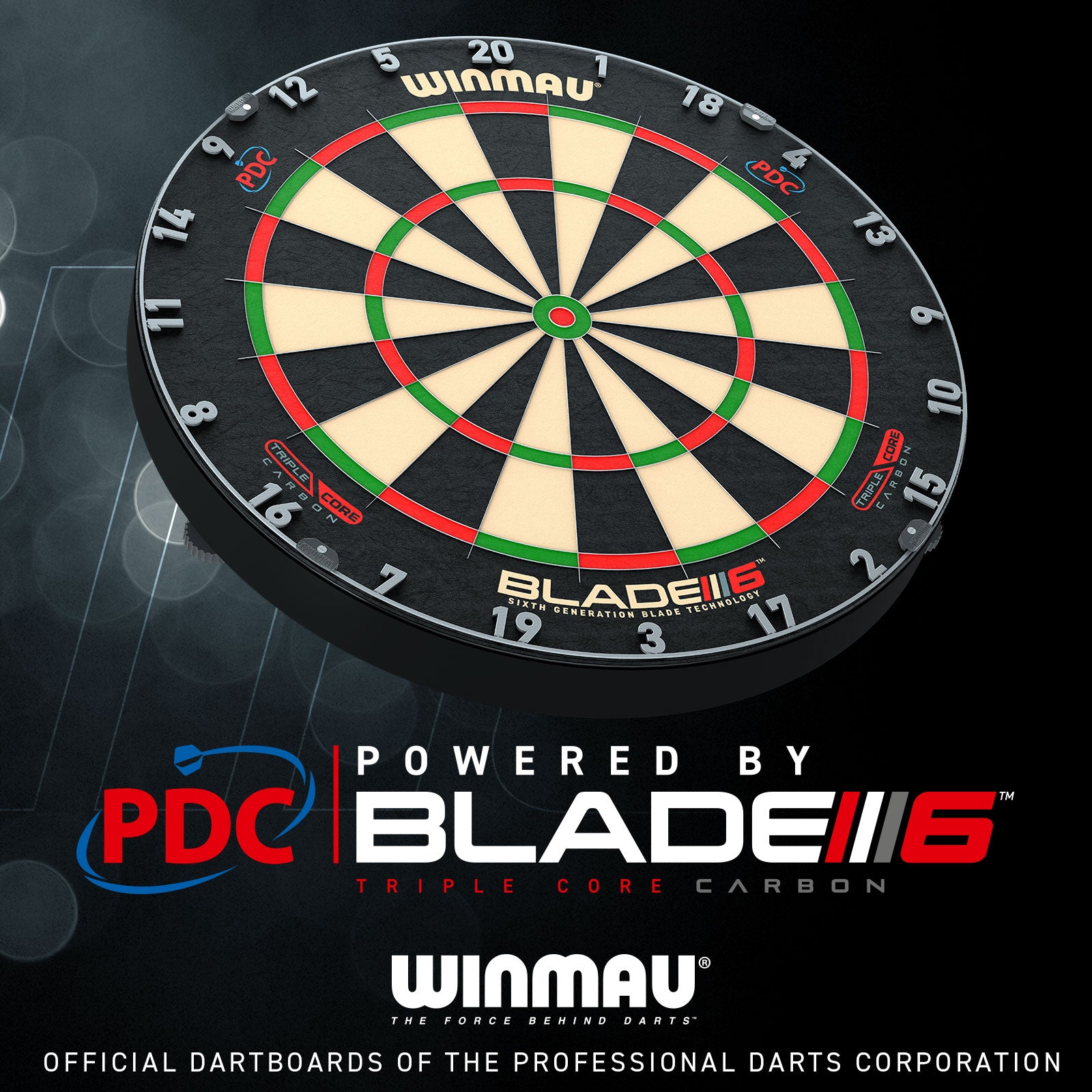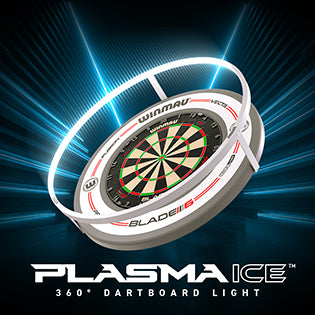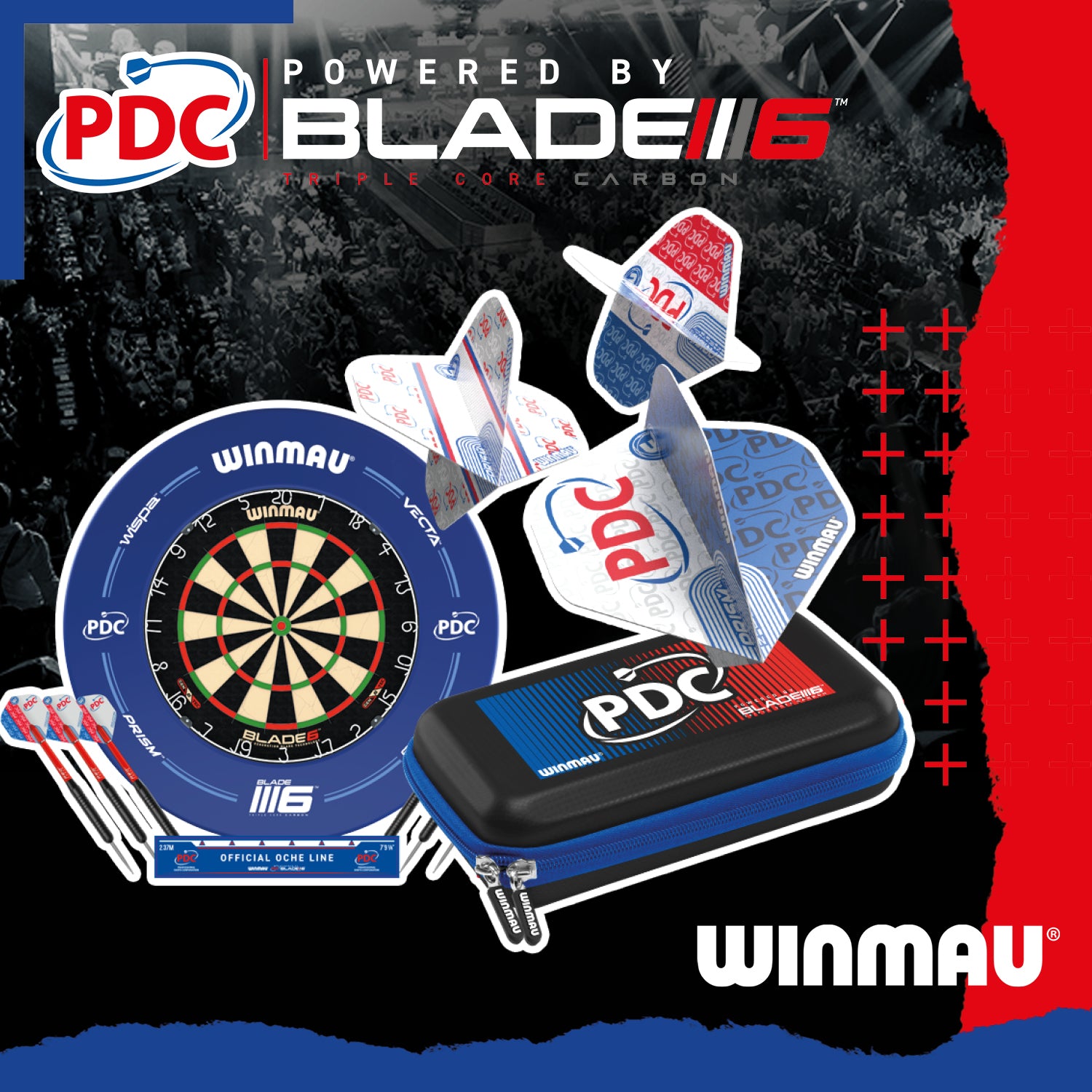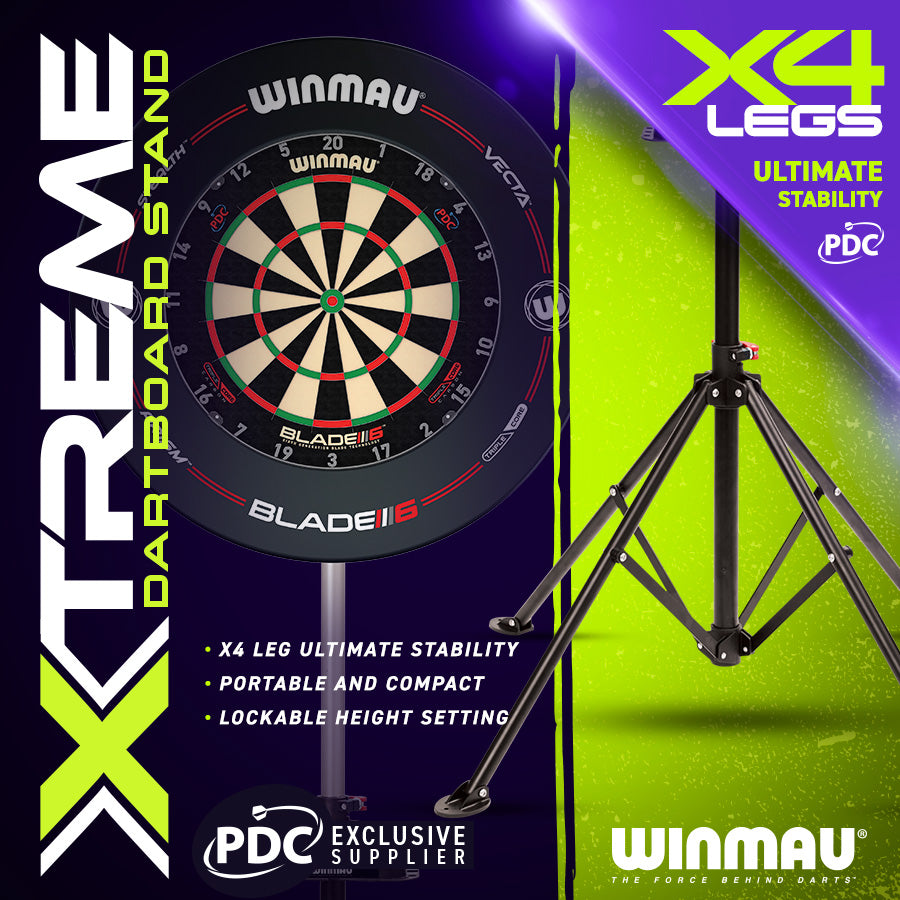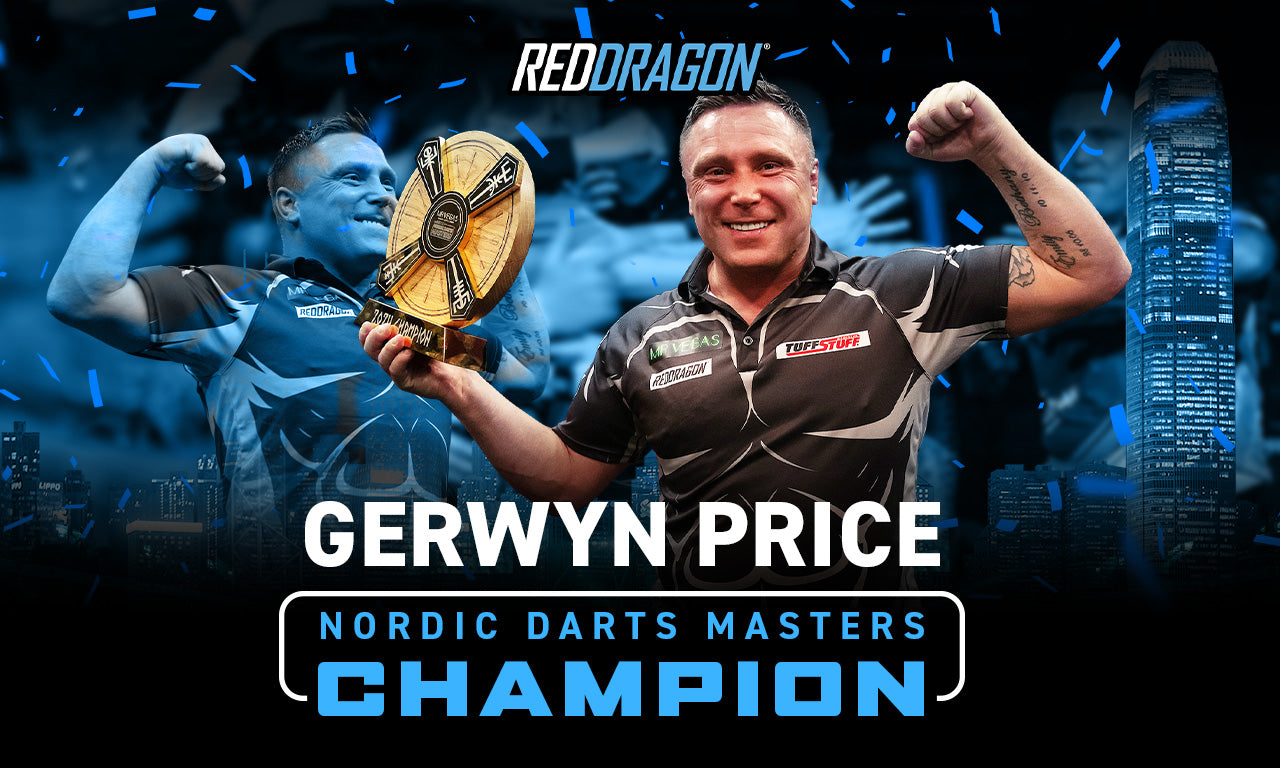
DR DARTS NEWSLETTER - PATRICK CHAPLIN - JUNE'24 EDITION



Simon was able to provide me with photographs of his grandad’s medal. Examining the News of the World Annual 1988/89 revealed that H. R. Edwards was not the runner-up in 1935, or, in fact, at no period during the 1930s.
But by living in Bognor Regis, how did Simon’s grandad enter the News of the World when the tournament was London-centric in 1935? Perhaps he worked in the capital?
One of my initial thoughts was that Simon’s grandad was involved with the 1935/36 tournament. The News of the World was extended to the ‘Home Counties’ in that season but then that didn’t explain how Bognor Regis (in West Sussex) was considered to be part of the Home Counties! ‘The South,’ which would have featured early rounds in Sussex, wasn’t included until the 1938/39 season.
I was confused. I consulted friend, long-time subscriber, and NoW collector, Mick Simpson.
He was unable to help with that pre-war tournament but, once he had seen the images of the medal, he told me:
Morning Patrick. That’s a strange one. Is it possible that this is a made-up medal? I’ve checked my News of the World medals and, like you, mine are just the standard medals? None of my 200+ medals have been riveted either?
What about a local tournament playing to NoW rules (best of three games) but not an official News of the World competition. I guess we’ll never know.
Out of interest I then delved into my archive further and found notes I had taken whilst researching the tournament years ago for my PhD. They revealed the last eight in the final round of the ‘individual championship of London’ and who was playing who at The Horns, Kennington on 3rd July 1935. (Tickets: 2/- (two shillings) reserved; 1/- (one shilling) unreserved were available from the NDA (National Darts Association) headquarters.) This confirmed that, sadly, Simon’s grandad wasn’t there.
But who was there? Who had survived from the 1,600 initial entries?
They were F. Webb (playing out of London Transport Omnibuses, Wimbledon Garage, who had recently won the individual championship of the London Transport Busmen) versus A. Colletta (playing out of the Upper Welsh Harp, West Hendon and described by the News of the World simply as ‘unknown.’); W. Forecast (Duke of York, Bow) (‘much fancied by the East End’) versus O. Hales (Bakers Arms, Bethnal Green), who had ‘beaten many “fancied” players’); P. Richards (Hanbury Arms, Islington) about whom the newspaper reported ‘and last but not least keep your eye on “Nipper” Richards.’ ) versus Jim Pike (Hope, Carshalton, described as ‘has been in the last 16 and now appears in the last eight. He is also captain of the team that won the Barclay League Cup.’); G. Branch (Beehive, Tottenham), runner-up in 1931/32) versus S. T. Shean (Crown, Camberwell). The News of the World described Shean as ‘an old campaigner [who] has won several NDA medals and certificates...’)

Both Webb and Branch had reached the last eight before and George Branch had been the runner-up to champion Jack Hood in the 1932 Final. Hood had beaten him 2-0 to take the title. (See, left, a set of Jack Hood’s ‘News of the World Championship darts, produced by Jack’s company after his title win.)
But how were these ‘returners’ going to perform in 1935?
The Finals held on 3rd July 1935 were declared ‘the biggest success of the series’ where no fewer than 853 darts enthusiasts ‘paying admission money’ watched W. ‘Billy’ Forecast, an unemployed 27-year-old bricklayer’s labourer, beat Jim Pike 2-0. Forecast had been playing darts for six years but it was only the second time he had entered the News of the World championship which had been running since the 1926/27 season in the London Area.
Forecast had done well to beat Pike as the latter was ‘a good favourite’ to win the title. Pike was described as
‘…35, and is employed as a hydraulic dyecaster at a metal foundry, [who had] won the Club and Institute Union tournament three years in succession and won the cup outright. He also won the London Business Houses Championship in two successive years and reached the final in the third.’
With such a record, no wonder Pike was favourite but it was Forecast ‘much fancied by the East End’ who was victorious. The News of the World reporter recorded the event as follows:
‘Because of his greater experience, Pike was a good favourite for the final and he appeared a certain winner in the first game until Forecast nipped in with a wonderful 135 – the highest “break” of the night.’
[Scoring 135 indicates to me that Forecast had been one dart away from a maximum 180, having hit treble five with one of his darts instead of a third treble twenty. Achieving 180 back then would have brought the house down.]
‘The atmosphere was electric when both men required 60 and Forecast sent a thrill through the very sporting spectators by getting the necessary points with three darts [single] 20, double 1 and double 19.
Playing with supreme confidence, Forecast made a hot pace on the second game and he wanted 16 when Pike, after a gallant recovery, required 56. Forecast gave nothing away. In fact, he found the double 8 with his first dart.
Bad luck Pike! A good sportsman, he turned to the audience and declared that the better man had won.’
And what of the ‘returners’?
Both Webb and Branch made it to the semi-finals. where Pike beat Webb 2-0 and Forecast beat Branch 2-1.
After the Final had been decided, the prizes were presented by Mr. H. Aldridge, the Managing Director of the News of the World. Forecast was presented with the ‘handsome’ challenge trophy which he held for one year, and a replica ‘which will be his own property.’ Pike was presented a silver cup as runner-up. In addition, gold medals were presented to the eight players who competed in the last round and medals to the eight defeated in the previous round.
HUGGING AND EMBRACING.
Feedback on #170 from Douglas O. Mcclure, New York State, who emailed
‘Hi Patrick. I love what you are doing, and love when your emails show up in my inbox!
I was reading the latest issue, and…Jerry Lucky’s reaction to how the players today support each other following a match…I thought I might suggest why he’s seeing such a change.
Second, I also think that they are much closer friends than players might have been back in his day. There are so many tournaments that they are attending together, that they spend a huge amount of time with each other - practicing, talking, hanging out.
Third, some of that “cheek-grinding,” if you watch closely, is them talking to each other, probably the only way they can hear each other over the incredible crowd noise. It’s a chance for them to wish the winner luck in the next game, or give him congratulations, or talk about that guy in the row who was whistling so obnoxiously. Or say “Don’t get too cocky. I’m coming after you next time!"
The way men interact today is much more open, much more emotionally honest, and much less uptight. There’s nothing wrong with that.’
Thanks Douglas. Then Brian H. commented
‘Thanks for your latest offering. As always: an enjoyable read!
Particularly liked your delving into the Mirror's Junior competition at the prompting of Jeremy Smith. As I've said before: it's these personal histories that make the game so interesting, not the cold hard statistics of averages. I'm sure Jeremy was well pleased with your article. [He was indeed.]
Another interesting point was about all the hugging going on at the other these days. I've never been a fan of it or been able to understand how a simple respectful handshake suddenly became this bromantic hug-fest!’

My thanks to Dave Allen of the PDC for providing the photo (above) of two world champions, Luke Humphrey and MVG embracing after a match. (Image © PDC. Used with permission. Dave told me:
‘Just a note re handshakes etc. It’s not actually a DRA [Darts Regulation Authority] rule about shaking hands so it’s really entirely optional but has become an accepted courtesy over time that people shook hands. Obviously in recent years that has developed into fist bumps, hugs and even the occasional peck on the cheek but equally if a player left the stage without shaking hands, this is not a disciplinary offence.’
Do any other readers have a view of this transition from handshake to hugging? Let me know at patrick.chaplin@btinternet.com.
TRULON DARTS PRODUCTS
Dr. Eddie Norman writes
‘Just opened and read Darts History… What a wonderful story on the history of darts on television. Absolutely fascinating. Hopefully you can continue it.’
[Yes Eddie. The Darts on TV series continues in the next issue with the 1972 News of the World final.]
‘Always love reading about the great Tom Barrett, and wonder how in his prime he would feature against some of today’s players. 
Loved the photo and mention of Paul Gosling. Paul regularly called into The House of Darts International, to smoke one of his famous cigars and have a coffee. Paul (with his Trulon shirt on in your photograph) along with Tony Bell and Willie Etherington were sponsored by Bob Perkins who ran Trulon Darts’
(Image, above right, shows Willie, at a Trulon Darts Products promotional stand. © PC Darts Archive.)
‘Bob made the famous Trulon Rev Grips and Trulon Bullet Darts. He bought the House of Darts International when we closed May 30, 2003… He sponsored the England Team at the First Home International. Trulon was a fascinating and great firm; a darts name from the past.’
SID WADDELL – AN UNPUBLISHED GEM
In the mid-1980s I travelled up to Manchester, to the BBC Oxford Road studios to meet Sid Waddell for the first time. It was there we discussed darts and darts and, of course, darts. (Image of Sid, below, 2010 © PDC. Used with permission.)

From that point Sid and I stayed in touch and met again in 1994 at the first WDC/PDC and we talked some more. At that Manchester meeting he gave me some papers, one of which was a copy of an article he had drafted for the Japan market, the purpose being to introduce the Japanese people to darts. I believe that publishing this in this issue, it is the first time this article, titled Darts in Britain, with ‘For Japan’ written as a sub-title, and dated August 3rd 1982) has ever been published, certainly not as widely as it is being today. Sid wrote
The visitor to one of Britain’s 80,000 public houses will probably find on the premises a corner dominated by a round matting block, split by wires into coloured segments and numbered 1 to 20. 2.37 metres from this boards will be a mark, called the ‘oche’ (in Anglo-Saxon, ‘archery mark’) from which players throw short metal darts at the segments of the board.
Ten years ago, the game was in the main a casual relaxation to accompany drinking, with small stakes occasionally, often drinks. Now over 8,000,000 Britons play the game regularly, and a growing number of professional players earn up to £120,000 a year from tournaments and exhibition matches.
The darts revolution, from bar to T.V. screen, has been achieved in high technology. Very slim tungsten-alloy darts replaced the thick brass variety ten years ago and the accuracy of the players increased accordingly. [In the left margin of his draft, Sid had scribbled ‘TUNGSTEN. Nickel + copper.’] Ten years ago it was unusual to see a maximum score of 180 (three treble 20s) hit in a pub once a month; now the top dozen British professionals average about seven such scores per night. This skill enables them to command fees as high as £500 a night to take on 16 local champions at legs of 1001. Hence the grass roots players keep in touch with the stars in a way that soccer and cricket can never rival.
But there is no doubt that television coverage on I.T.V. and B.B.C. has given the sport its present popularity to viewers and commercial sponsors such as Embassy cigarettes, Unipart car accessories and Guinness who sell strong drink.
In the season from September to June audiences of up to 9 million watch darts on British television. Here again, the technology has made the sport: via close-ups of the players’ faces, split screen of the thrower and the segment of the board he aims at and electronic scoring to help non-darts fanatics. [On the draft, Sid scribbled ‘in B’side darts?’: a reference to the possible inclusion in his book Bedside Darts that was first published in 1985.]
Even so, the game retains much of the ritual of its origins in Medieval archery. As in Sumo wrestling and boxing, the players shake hands before a match; and crowd behaviour is extremely controlled to allow each exponent to concentrate to the maximum. Most experts agree that 13th and 14th century developments in precision archery were the origins of hand darts. Missiles were refined and made heavier, to pitch manually at close quarters. Hand darts are mentioned in Shakespeare’s ‘Henry VIII’ and Japanese museums have examples of 16th century specimens that look rather like English toasting forks, i.e. one foot six inches long with three prongs.

[Despite referring to the text of Henry VIII, I cannot find any reference to ‘hand darts.’ The nearest I could find was where the Duke of Norfolk says
‘You know his nature. That he’s revengeful, and I know his sword, Hath a sharp edge; it’s long, and ‘t may be said, It reaches far, and where ‘twill not extend. Thither he darts it.’
But clearly not the same thing at all. My illustration, right, shows a fifteenth century European fighting dart, extracted from a manuscript dated 1480. These were clearly thrown in anger but I can find no evidence of this weapon evolving into the game of darts we know today.]
Back to Sid:
At least thirteen different [dart]boards are in use in the British Isles, all developed from the 18th century archery target used in Western Europe. But now the London, or ‘clock’ board, numbered from 1 to 20 is the standard. From 1973 the British Darts Organisation, later the nucleus of the World Darts Federation, laid down certain rules which have become the code for the world sport. They organise events in the U.K. that bring entrants from 80 countries, including Japan, Australia, and Singapore. Every two years there is a World Cup Tournament: England won at Nelson, New Zealand in 1981, and Edinburgh, Scotland will host the 1983 tournament.
It is widely accepted that the top individual title in the game is the Embassy World Professional Championship, which is contested by 32 players in January each year at Jollees Night Club, Stoke-on-Trent, England. Here, over eight days the best in the world battle it out with three hours of T.V. coverage per day.

In 1978 Leighton Rees of Wales [Pictured left with the Embassy trophy (Image © Darts World/PC Archive.] won the title, and in 1979, John Lowe of England won. In 1980 and 1981 the title went to the reigning Number One player, 24-year-old Eric Bristow of London, England, who calls himself ‘The Crafty Cockney.’ In 1982, John ‘Jocky’ Wilson became the first Scot to take the title.
It would be nice to see an overseas player win the Embassy, but it is unlikely for several years at least, since the British top-liners meet each other for high stakes on average once every three weeks.
Sid Waddell. B.B.C. Darts Commentator.’
Sid was the first person to encourage me to research the history of darts. The second was John Ross, the then President of the NDAGB (National Darts Association of Great Britain) who, after being interviewed by me, also in the mid-1980s, told me “Darts needs someone like you.”
Years later, in 2011, Sid was kind enough to write the Introduction for my book 180! – Fascinating Darts Facts (2012) and stated in the ‘blurb’ on the back cover ‘Patrick Chaplin is veritably the Herodotus of darts.’ (‘Herodotus’? I had to look him up!)
THE CONQUEST ELECTRONIC DARTS SCORER.
It’s always good to hear from my friend Patrick Dee, the man I call ‘The Curator of Darts,’ and one this occasion he had been loaned a Conquest Electronic Darts Scorer, the owner asking what he might be able to find out about it. He then phoned me and asked what I knew about it.
I didn’t know anything. A quick sort through my archive drew a blank, so I put it the matter to one side as I concentrated to complete this June Darts History.
Then, when looking at the ‘Darts from the Past’ Facebook page, a subscriber had posted a photo of Maureen Flowers, one of the greatest-ever lady darts players, and beside it was part of an advertisement clearly promoting the ‘CONQUEST ELECTRONIC DARTS SCORER.’ (Image, right, shows the machine Patrick Dee was loaned.) The part advert was in Darts Player 89, an annual publication, a sister magazine to Darts World and is reproduced below.

Darts Player 89 included a survey of electronic scorers and included three Conquest machines, varying in price from £135 for the Conquest Score-a-dart which recalled the last 15 scores, £225 for the Conquest Leaguemaster which recalled ‘the last 20 scores for both sides,’ and the Conquest Electronic Chalkboard, priced at £345, which ‘recalls the last 30 scores for both sides.’ All three models featured ‘Push button for reliability’ and the Leaguemaster, and Electronic Chalkboard were available as ‘coin operated’ if required.
Still going, the company boasts to offer ‘The world's most popular dartscorer,’ the ‘Conquest Electronic Chalkboard.’ For their latest products go to https://conquestenterainment.co.uk .
MY RESEARCH IS SPONSORED BY

NOTE: Text © 2024 Patrick Chaplin or as shown. Images © Patrick Chaplin or as stated or sourced. Neither text nor images can be reproduced without prior permission of the copyright holder(s). Sponsors website: winmau.com.


